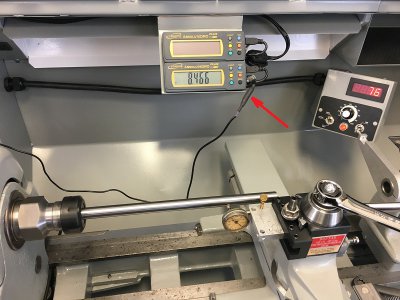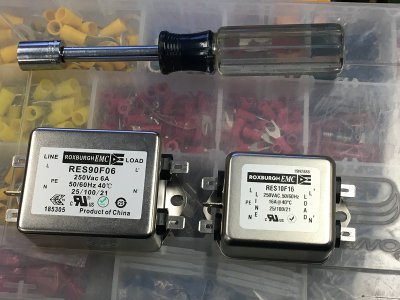Appreciate your help homebrewed but think I'm going to pull the plug on this one (sorry couldn't resist

), at least for the time being.
It doesn't make sense for me to invest more time and start doing surgery on working equipment when I have something that works. I'll see how the 25 cent batteries hold up for now and spend my time getting the lathe dialed in.
Clearly not my field, but given that data and power seem to be communicated just fine across long cheap USB cable extensions that run right adjacent to the VFD, and the sensors/scales see the same ground as the VFD and everything, do you think I'd be off base to say iGaging added the power barrel jack as an after thought with no real thought whatsoever to isolating it from external interference?
Best,
Kelly



 ), at least for the time being.
), at least for the time being.
